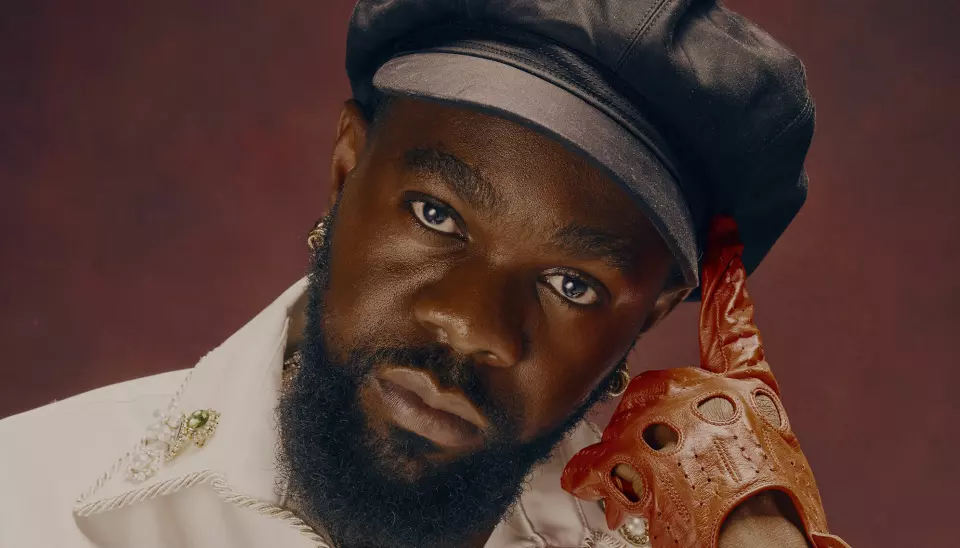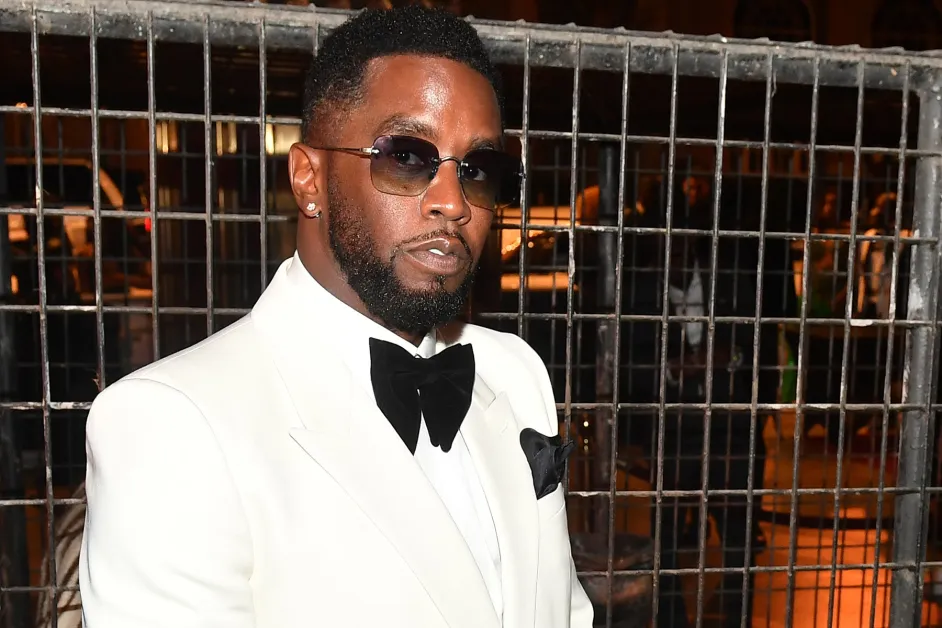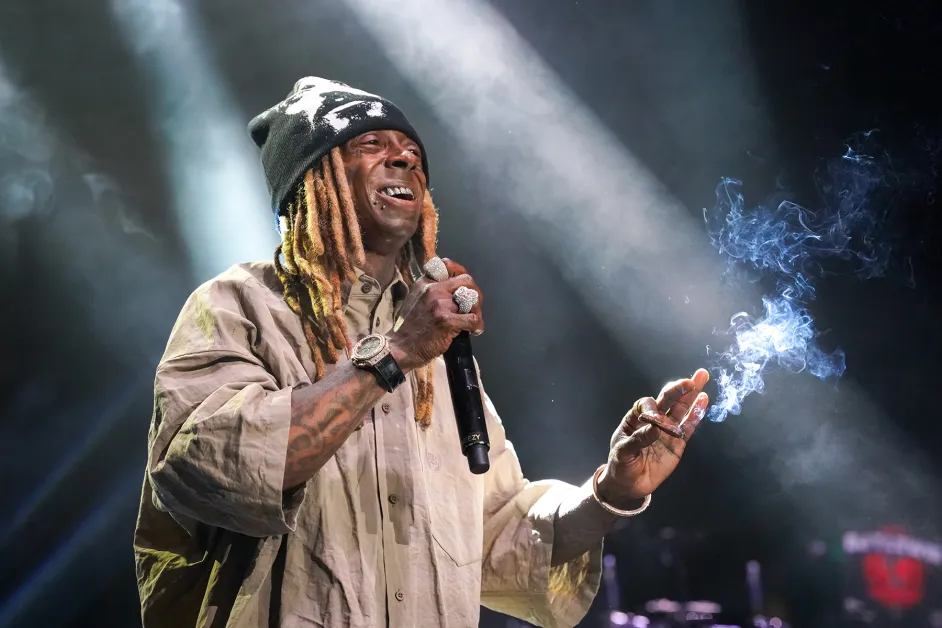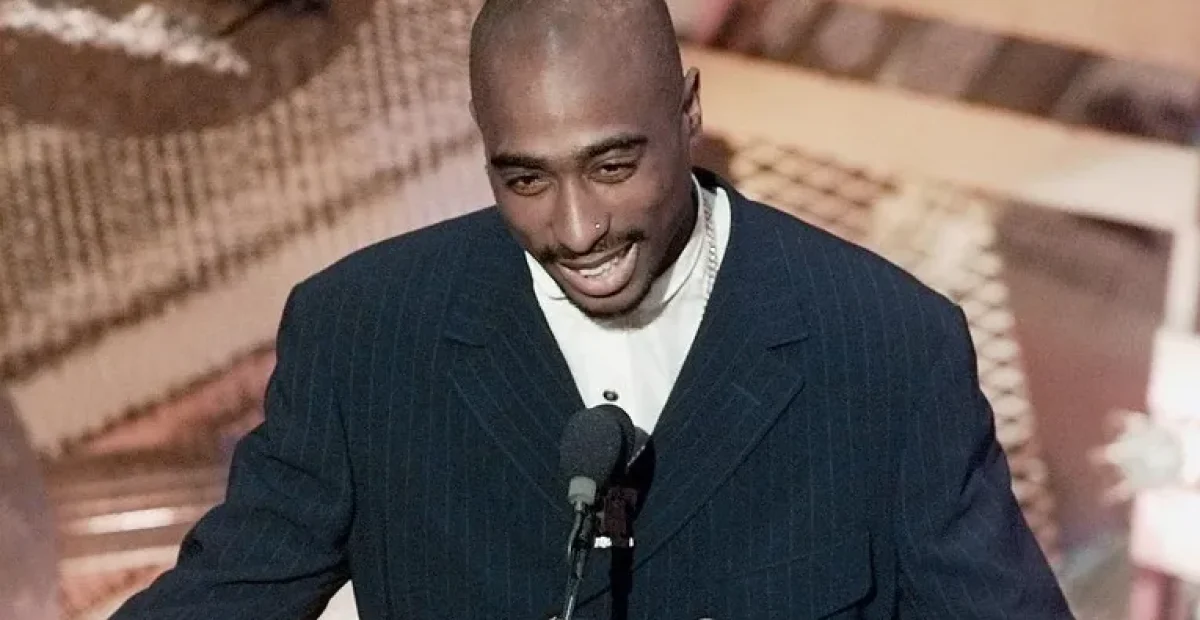The tensions between Death Row Records and Bad Boy Entertainment during the 1990s remain one of hip-hop’s most controversial chapters. Now, new allegations from Desiree Smith, Tupac Shakur’s former girlfriend, have reignited discussions about the personal dynamics behind the East Coast-West Coast feud.
In a recent interview on The Art of Dialogue, Smith made startling claims, alleging that Suge Knight, the co-founder of Death Row Records, had been intimate with Misa Hylton, the mother of Sean “Diddy” Combs’ son, Justin Combs. Hylton, a well-known fashion designer, was romantically linked to Diddy during the height of the East Coast-West Coast rivalry.
Smith didn’t stop there, further addressing persistent rumors involving Tupac and his relationships. She doubled down on allegations that the late rapper had been involved with Faith Evans, the wife of his then-rival, Biggie Smalls. Smith also claimed Tupac had a romantic connection with singer Mary J. Blige, who happens to be one of Misa Hylton’s closest friends.
While these allegations remain unverified, they add yet another layer to the already complex narrative of the mid-1990s hip-hop scene—a period marked by creative brilliance but overshadowed by violence and tragedy.
Revisiting the Death Row vs. Bad Boy Rivalry
The feud between Death Row Records and Bad Boy Entertainment has long been dissected for its role in shaping hip-hop history. The rivalry reached its boiling point with the deaths of Tupac Shakur in 1996 and Biggie Smalls in 1997, both of whom were tragically murdered in unsolved cases.
Desiree Smith’s comments also shed light on Tupac’s feelings about his association with Death Row Records. In previous interviews, Smith claimed Tupac believed he had “sold his soul to the devil” by signing with Suge Knight’s label, further illustrating the complexity of their relationship.
Speculation and Legacy
While these new claims are speculative and lack concrete evidence, they highlight the deeply personal entanglements that may have fueled the animosity between key players in the music industry during that time. For fans and historians alike, these allegations offer a glimpse into the human side of a feud often reduced to its tragic outcomes.
Ultimately, as the legacy of Tupac Shakur and the events of the ’90s continue to be explored, the lines between myth, rumor, and reality remain blurred. One thing is certain, though: the stories surrounding this turbulent era continue to captivate and intrigue generations of hip-hop enthusiasts.






Recent Comments